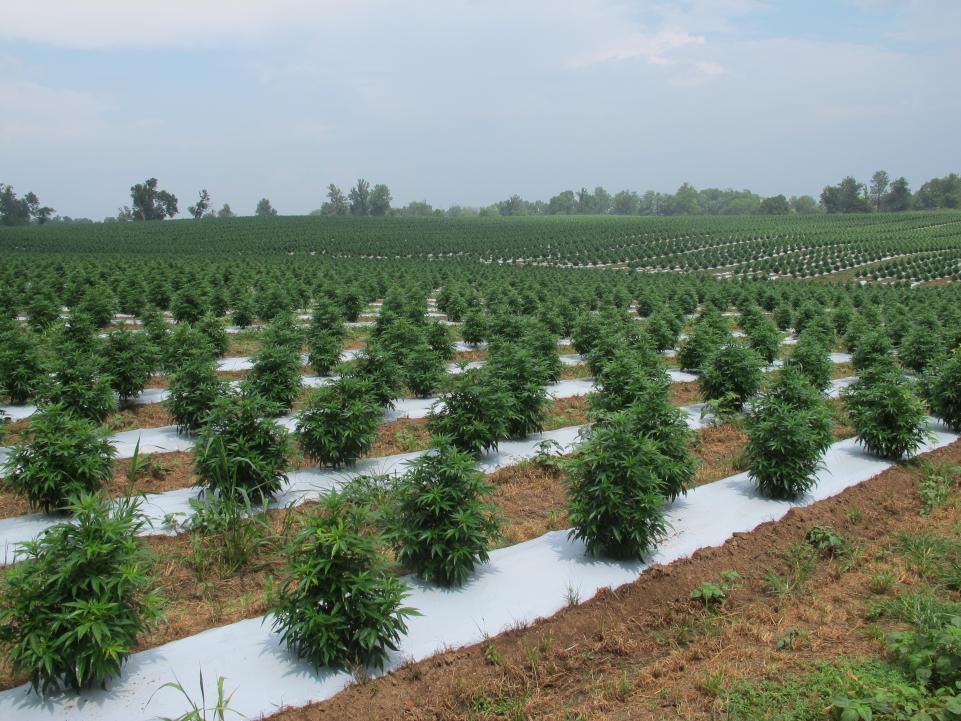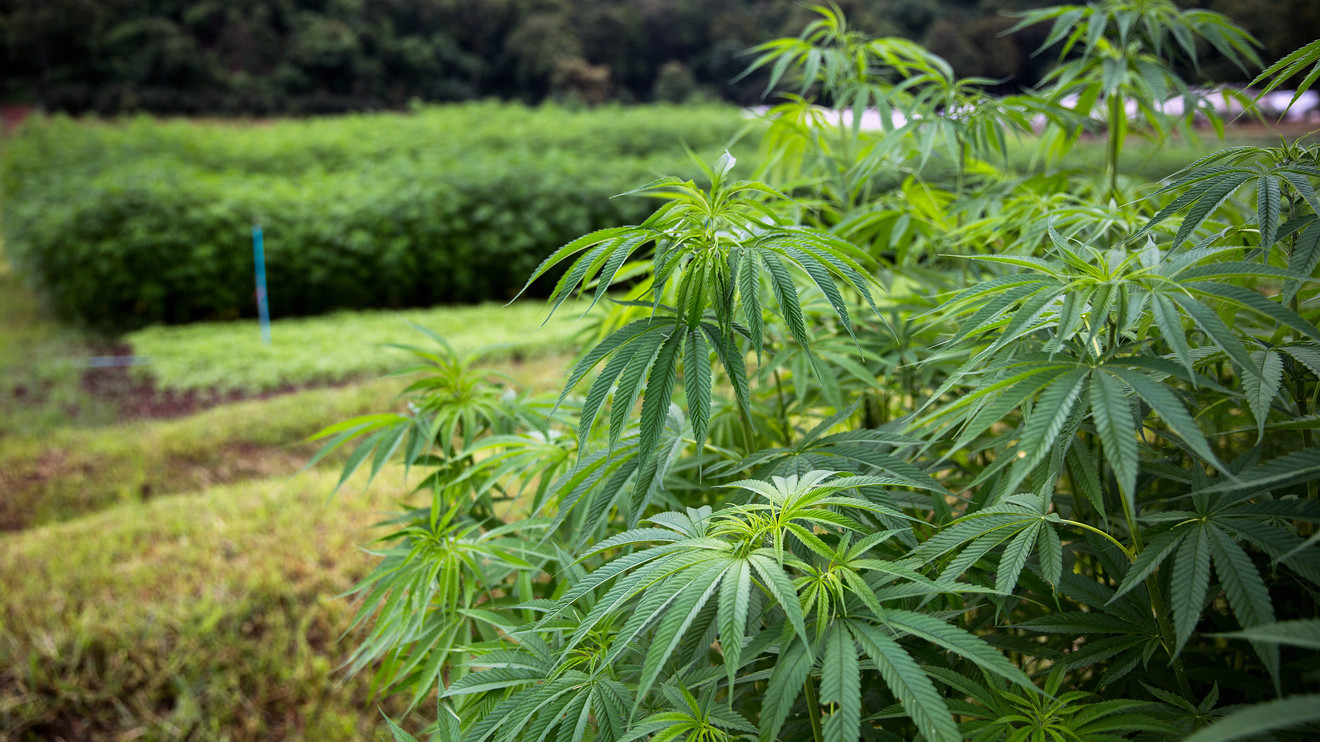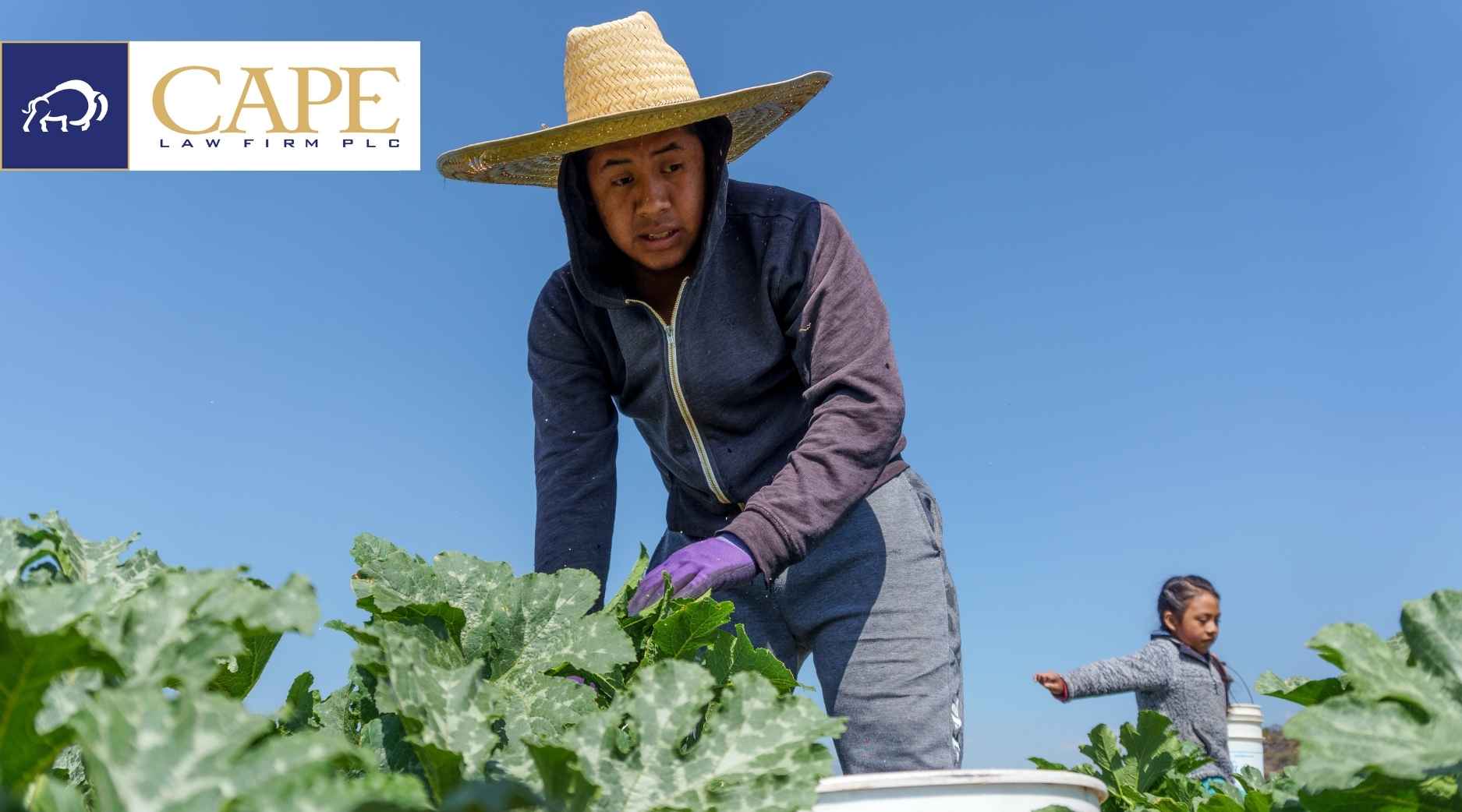The 2018 Farm Bill provides Producers a lawful pathway to grow cannabis – specifically, hemp-type cannabis – under Federal and State law. It also established boundaries separating legal hemp production from illegal marijuana production (which is still a crime under Federal law). The legal boundary is primarily defined by the Producer’s mental state, also known as mens rea (criminal intent or guilty mind). As long as the grower is no more than negligent in their efforts to produce a legal hemp crop, they will not be subject to criminal prosecution.

Criminal Intent – Mental States
Most crimes are defined according to a mental state, which is often “purposely” or “knowingly.” By defining crimes with a mental state, society’s criminal justice system can distinguish between someone that set out to commit a crime (deserving punishment) from someone that meant no harm. For example, if someone throws a stick at another person’s head, hitting them and causing them physical injury, the thrower is likely guilty of a criminal battery. But if the stick was thrown over a privacy fence and hits someone on the other side which the thrower never saw, the thrower probably hasn’t committed a crime. In that scenario, the thrower didn’t have criminal intent to injure the other person (although they may be civilly liable).
Generally, there are four mental states used to define crimes:
Purposely – the defendant has a conscious object to act
Knowingly – defendant is practically certain of a particular result
Recklessly – defendant consciously disregards a substantial, unjustified risk
Negligently – defendant isn’t aware of the risk but should have been
The Farm Bill separates criminals from legal hemp production at the negligent mental state. The USDA’s Interim Rule defines negligence as the “failure to exercise the level of care that a reasonably prudent person would exercise in complying with the regulations set forth under this [Rule].” Producers that negligently fail to comply with the government-approved hemp Plans (whether Federal or State), will not be subject to criminal prosecution based on the negligent acts. But negligent violations may have consequences. Initially, a negligent violation will be prescribed a corrective action plan designed to bring the Producer into compliance. On the third negligent violation in a five year period, the grower will lose eligibility to grow hemp for the next 5 years.
- Note: It isn’t clear if negligent violations can be stacked in a single season to reach this three-strikes rule. In other words, will multiple violations in a season result in the loss of the Producer’s license? This will likely be answered by USDA in future amendments to the Rule.
Bright-line violations
The Farm Bill singles out three specific violations for special attention regarding a Producer’s potential negligence under all Plans:
- Failure to provide a legal description of the land
- Failing to obtain a license
- Producing hemp with more than 0.3% THC on a dry weight basis
The USDA’s Interim Rule indicates these violations may be deemed automatically negligent. There is a safe harbor for “hot” hemp violations (over 0.3% THC) for avoiding a negligence finding. A Producer will not be found negligent if: (i) the Producer is making reasonable efforts to grow hemp, and (ii) the THC content of crop is 0.5% THC or less. The Producer’s “reasonable efforts” to avoid the “hot” hemp violation may be the most challenging to manage and should get careful attention.
Other potential violations
Violations of hemp Plans might occur in any number of ways. Most should be easily avoidable with planning and diligence. Issues to be mindful of for potential violations include:
- Recording lot numbers assigned to the hemp crop
- Reporting total hemp acreage to regulators and/or FSA
- Harvesting crops before sampling
- Scheduling crop sampling
- Testing of crop samples for THC content within deadlines
- Providing regulators access to all land and storage facilities
- Harvesting crop within deadlines after sampling
- Re-testing crops when necessary
- Maintenance of records supporting the information Producer’s application for a license
- Report an accurate criminal history in an application for a license (obtaining an accurate and complete criminal history can be time-consuming and difficult)
- Approval for disposal of “hot” hemp crops
- Planting hemp where it hasn’t been approved (four states have not authorized hemp production – Idaho, Mississippi, New Hampshire, and South Dakota)
- Maintenance of crop production records
This is not an exhaustive list. The specific State/Tribal Plan may include other matters that need careful attention. Producers should study Plan requirements and plan accordingly.
Considerations for avoiding a negligent “hot” hemp violation.
The potential for “hot” hemp to be a negligent violation deserves special attention. Current research in hemp production indicates that THC content is influenced by both environment and variety genetics. Unfortunately, little is known about the origin and characteristics of many cannabis varieties in the commercial market. And even varieties specifically bred and released for hemp production may not have field data in various geographies. Current evidence also indicates that cannabis pollen can travel fairly long distances, resulting in crops that are cross-pollinated by unknown varieties. In the short run, a certain amount of trial and error is simply inevitable in the effort to establish lawful hemp crops.
Suggestions for “reasonably prudent” practices
USDA’s Interim Rule provides a few suggestions that would support a Producer’s reasonable efforts to avoid a negligent violation:
- If possible, plant Certified seed, meaning hemp seed that has been certified by an official seed certifying agency. Certified seed has been produced under controlled conditions to preserve the genetic integrity of the seed.
- Plant seed from varieties that have produced compliant crops in other regions. Current inventories of Certified seed might not satisfy the market if it can be found at all. It would be reasonable to plant uncertified seed with a track record of producing crops at, or below, the 0.3% THC level.
- Using “best production practices.” This is a somewhat loaded suggestion since “best production practices” for hemp are largely undefined and in a state of flux. There is precious little research for widely accepted hemp production practices. Still, “best production practices” is not a blank slate.
- Hemp production practices have been published by some land-grant universities and other researchers from experiences with the 2014 Farm Bill’s Hemp Pilot Program. The University of Kentucky and West Virginia University are two examples, and both have publications available for hemp production.
- Producers should inquire with their State’s Cooperative Extension Service to see if they have any recommendations for hemp.
- Production practices for widely grown crops (corn, soybeans, wheat, etc.) are well known and extensively published. These resources are readily available from the USDA, the Cooperative Extension Service, universities, and others.
- Federal crop insurance programs have long used “good farming practices” to make coverage determinations under crop insurance policies. The crop insurance concept of “good farming practices” is a logical choice for judging hemp production practices. “Good farming practices under the Common Crop Insurance Policy is defined as: “The production methods utilized to produce the insured crop and allow it to make normal progress toward maturity and produce at least the yield used to determine the production guarantee or amount of insurance, including any adjustments for late-planted acreage, which are those generally recognized by agricultural experts or organic agricultural experts, depending on the practice, for the area.”
- Producers might consult with persons qualified as “agricultural experts” under federal crop insurance programs. Agricultural experts are “[p]ersons who are employed by the Cooperative Extension System or the agricultural departments of universities, or other persons approved by FCIC, whose research or occupation is related to the specific crop or practice for which such expertise is sought.”

Besides the suggestions above, Producers should keep a complete set of records to document their efforts. Examples of records that should be maintained include:
- Seed purchase receipts
- Field maps
- Crop history of production fields
- Field preparation (tillage, etc.)
- Planting dates
- Use of inputs (fertilizer, fungicides, etc.), application rates and dates
- Irrigation records
- Sampling dates
- Harvest dates
- Storage clean-out records
This list is not exhaustive. Solid recordkeeping is always a good idea.




